How to Create the Perfect Tomato Garden for a Bountiful Harvest
HOME
7/16/20256 min read

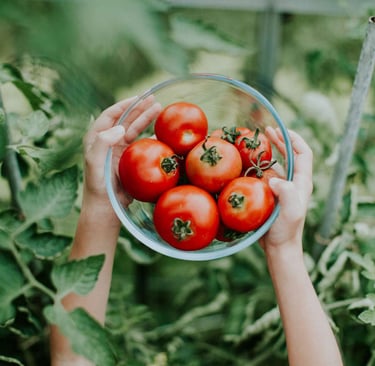
Selecting the Right Tomato Varieties
Choosing the right tomato varieties is crucial for cultivating a successful tomato garden. Several factors should be considered when selecting types of tomatoes, including climate, available space, and the intended use of the tomatoes. The selection process can significantly affect both the quantity and quality of the harvest.
One popular category of tomato is heirloom tomatoes, known for their rich flavors and diverse colors. These varieties often have historical significance and are passed down through generations. They thrive in warm climates and require plenty of sunlight, making them ideal for gardeners in regions with longer growing seasons. Conversely, cherry tomatoes are smaller and typically more vigorous, ideal for small spaces or container gardening. Their sweet flavor makes them popular for snacking and can attract attention from children and adults alike.
Beefsteak tomatoes are another excellent option, renowned for their size and juiciness. Catering to those who desire tomatoes for sandwiches and hearty meals, beefsteak varieties often need more substantial support due to their weight. When selecting varieties, it is also vital to consider disease resistance. Many seeds or seedlings are bred to withstand common tomato diseases, which can save gardeners from frustration later in the growing season.
To obtain high-quality seeds or seedlings, reputable suppliers and nurseries should be consulted. Local gardening clubs or farmers' markets may also offer fruitful options. Verifying the source’s reputation can ensure that you acquire varieties well-suited for your growing conditions. In addition, reviewing plant growth habits can further guide your selection process. Determinate varieties mature early and require less staking, whereas indeterminate types grow continuously and benefit from more extensive vertical space.
Essential Tools and Supplies for Your Tomato Garden
Creating a thriving tomato garden begins with the right tools and supplies. To facilitate a successful planting and maintenance process, gardeners must accumulate a variety of essential items. Foremost among these are gardening gloves, which protect hands from thorns, dirt, and potential irritants. With gloves, gardeners can efficiently handle soil and plants without risking injury.
Another indispensable tool is the trowel. This hand tool is essential for digging, planting, and moving soil or compost. A sturdy, well-designed trowel enables precise planting of tomato seedlings, ensuring that roots have adequate space to develop. Additionally, stakes and tomato cages play a critical role in supporting plants as they grow, helping to prevent potential damage from wind or the weight of ripe tomatoes. These structural supports keep plants upright and healthy, promoting better air circulation and reducing the risk of disease.
Watering is a vital aspect of tomato care, making quality watering equipment crucial. Options include watering cans for targeted delivery or a hose with a spray nozzle for more extensive watering. Consistent moisture is essential for healthy growth, and utilizing the right tools can help maintain optimal soil conditions. Alongside watering equipment, the quality of soil used is paramount. Tomatoes thrive in well-drained, nutrient-rich soil, which can be enhanced with organic matter such as compost. Furthermore, fertilizers specifically designed for tomato plants can provide essential nutrients, promoting vigorous growth and fruiting.
In summary, a well-equipped tomato garden requires specific tools and supplies for optimal growth. Gardening gloves, trowels, stakes or cages, watering equipment, high-quality soil, and fertilizers are the foundation for nurturing healthy tomato plants and achieving a bountiful harvest. Investing in these essentials will enable gardeners to foster the perfect environment for their tomatoes to thrive.
Optimal Planting Techniques and Care Tips
Creating a productive tomato garden begins with understanding optimal planting techniques. The first step is to select the right time for planting. Generally, tomatoes thrive best in warm temperatures, so it is advisable to wait until the danger of frost has passed and the soil has warmed to at least 60°F (15°C). In many regions, this is typically between late spring and early summer. However, local climate conditions can vary, so it is essential to consult a planting calendar specific to your area.
Proper planting depth and spacing are critical for healthy tomato plants. When planting seedlings, bury them up to their first set of leaves; this encourages the development of additional roots along the buried stem, promoting a robust plant structure. Maintaining adequate spacing is also vital, as tomatoes require sufficient airflow around them to prevent diseases. A spacing of 18-24 inches between plants is recommended, with 3-4 feet between rows, allowing for optimal growth and sunlight exposure.
Watering is another crucial aspect of tomato care. Regular watering, especially during dry spells, ensures consistent moisture in the soil, which is essential for fruit development. Aim for deep watering sessions rather than frequent shallow ones, ideally providing about 1-1.5 inches of water per week. Additionally, employing a mulch layer around the plants can help retain moisture while suppressing weeds. Fertilizing the plants with a balanced fertilizer every few weeks can further promote healthy growth and increase yield.
Pruning is a beneficial practice to enhance air circulation and direct the plant's energy toward fruit production. Removing suckers, the small shoots that develop in the leaf axils, can help focus the plant’s resources on the main stems. Regular care, encompassing these practices, will significantly contribute to a thriving tomato garden and lead to a bountiful harvest.
Beneficial Add-ons to Enhance Your Tomato Garden
While the fundamentals of tomato gardening focus on soil quality, sunlight, and proper watering, various beneficial add-ons can significantly improve the growing experience and yield of your tomato plants. One valuable addition is a compost bin, which allows gardeners to create their organic fertilizer. By recycling kitchen scraps and yard waste, compost enhances soil structure, retains moisture, and provides essential nutrients, promoting healthier and more productive tomato plants.
Another effective method to enhance tomato growth is the application of mulch. Organic mulches, such as straw or wood chips, help retain soil moisture, regulate temperature, and suppress weed growth. By preventing moisture loss, mulch allows tomatoes to maintain a consistent environment, reducing stress during hot weather and enhancing overall yield. Additionally, using mulch can help deter certain pests, providing an added layer of protection for your crops.
Pest control is also crucial for maintaining the health of tomato plants. Integrated pest management (IPM) strategies, including the use of beneficial insects, can help keep harmful pests in check. Ladybugs and lacewings, for example, prey on aphids, which are known to damage tomato plants. Furthermore, employing physical barriers, such as row covers, can also protect young plants from insect infestations.
Companion planting is another effective strategy that can create a synergistic gardening environment. Certain plants, like basil or marigolds, not only enhance the flavor of tomatoes but can also deter pests, resulting in healthier plants. Innovative techniques, such as vertical gardening, can maximize space and improve air circulation around the plants, reducing disease risk while facilitating easier harvesting. Lastly, crop rotation helps prevent soil-borne diseases and pest buildup, promoting a bountiful harvest in subsequent growing seasons.




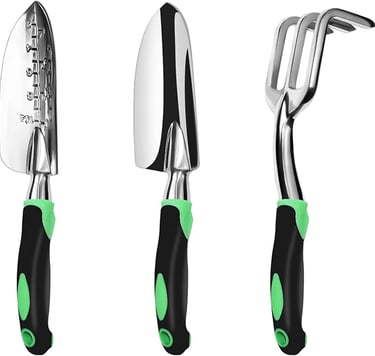

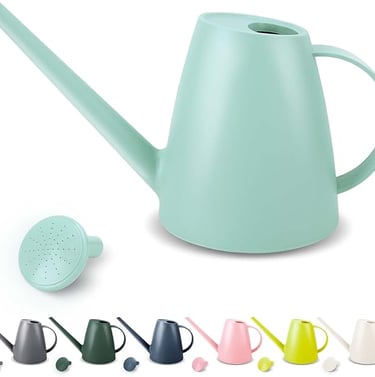

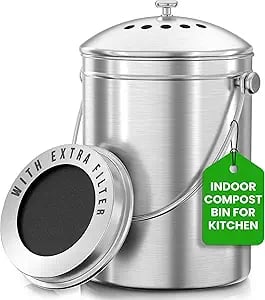

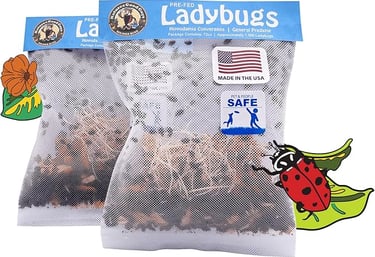

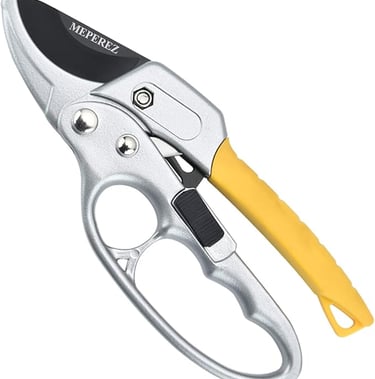

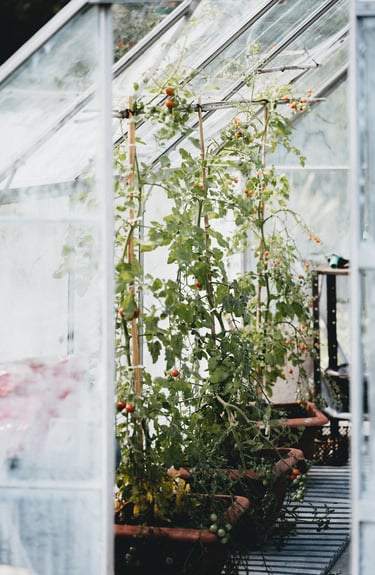

This post contains amazon affiliate links. If you make a purchase through the links, I may earn a commission at no additional cost to you.
This post contains amazon affiliate links. If you make a purchase through the links, I may earn a commission at no additional cost to you.
© 2025. All rights reserved.


